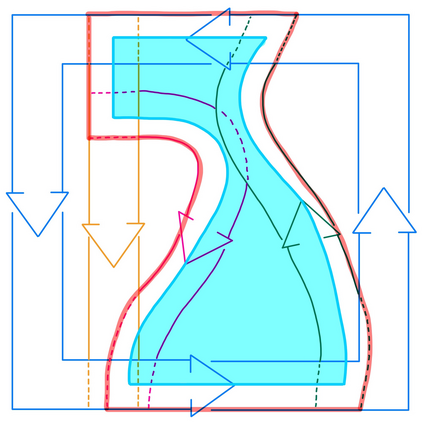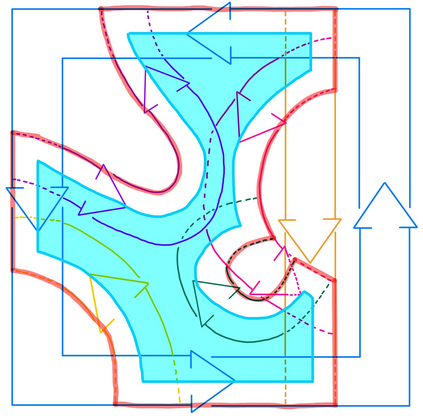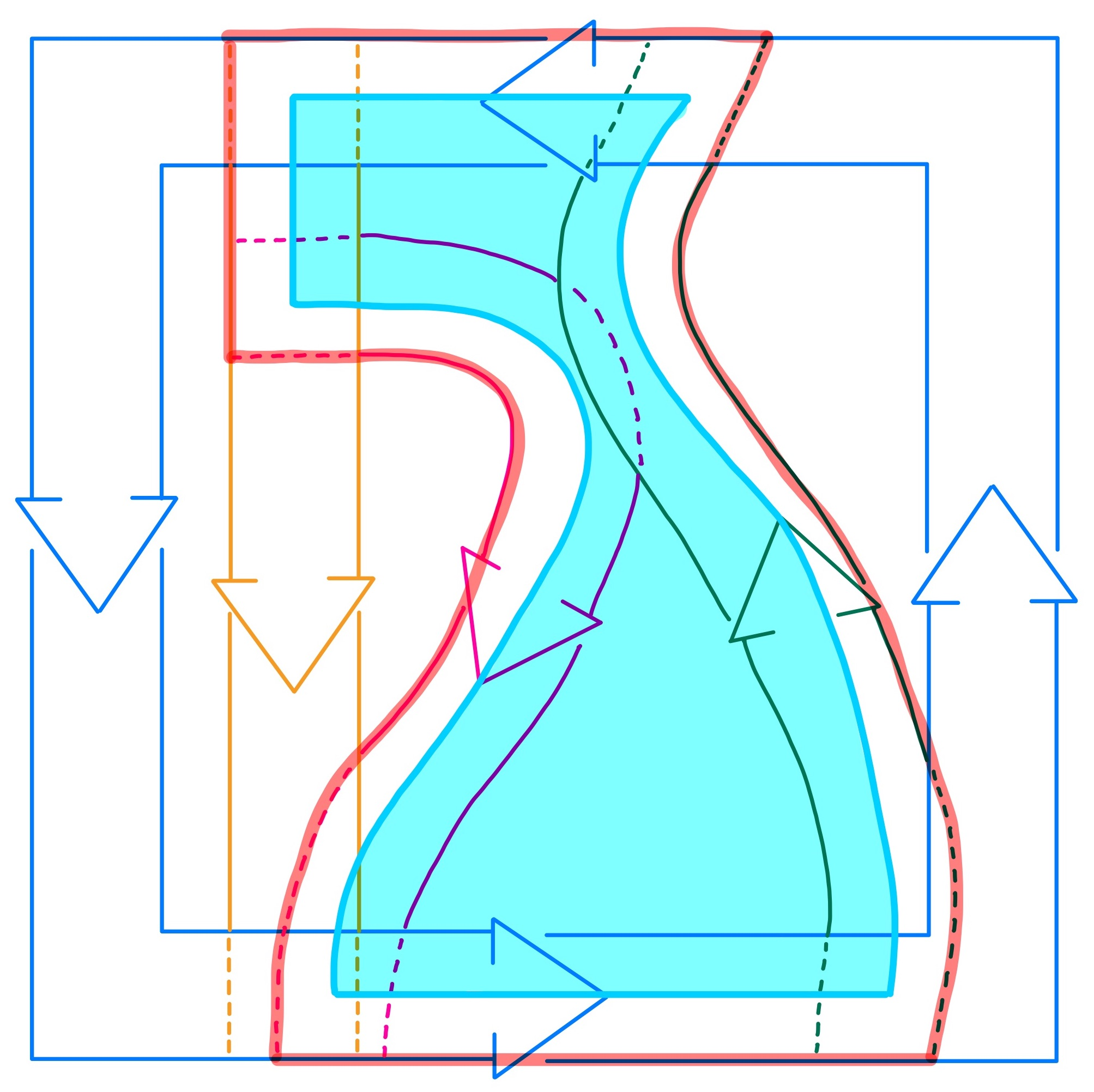We prove the existence of a computable function $f\colon\mathbb{N}\to\mathbb{N}$ such that for every integer $k$ and every digraph $D$ either contains a collection $\mathcal{C}$ of $k$ directed cycles of even length such that no vertex of $D$ belongs to more than four cycles in $\mathcal{C}$, or there exists a set $S\subseteq V(D)$ of size at most $f(k)$ such that $D-S$ has no directed cycle of even length. Moreover, we provide an algorithm that finds one of the two outcomes of this statement in time $g(k)n^{\mathcal{O}(1)}$ for some computable function $g\colon \mathbb{N}\to\mathbb{N}$. Our result unites two deep fields of research from the algorithmic theory for digraphs: The study of the Erd\H{o}s-P\'osa property of digraphs and the study of the Even Dicycle Problem. The latter is the decision problem which asks if a given digraph contains an even dicycle and can be traced back to a question of P\'olya from 1913. It remained open until a polynomial time algorithm was finally found by Robertson, Seymour, and Thomas (Ann. of Math. (2) 1999) and, independently, McCuaig (Electron. J. Combin. 2004; announced jointly at STOC 1997). The Even Dicycle Problem is equivalent to the recognition problem of Pfaffian bipartite graphs and has applications even beyond discrete mathematics and theoretical computer science. On the other hand, Younger's Conjecture (1973), states that dicycles have the Erd\H{o}s-P\'osa property. The conjecture was proven more than two decades later by Reed, Robertson, Seymour, and Thomas (Combinatorica 1996) and opened the path for structural digraph theory as well as the algorithmic study of the directed feedback vertex set problem. Our approach builds upon the techniques used to resolve both problems and combines them into a powerful structural theorem that yields further algorithmic applications for other prominent problems.
翻译:暂无翻译






